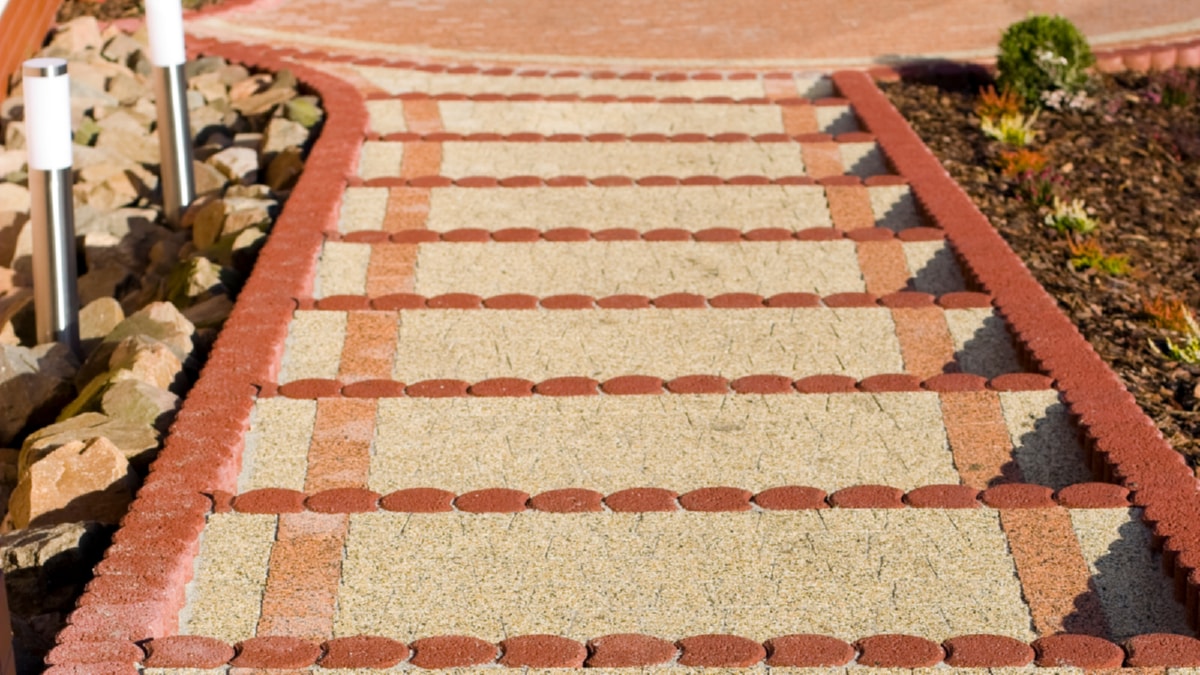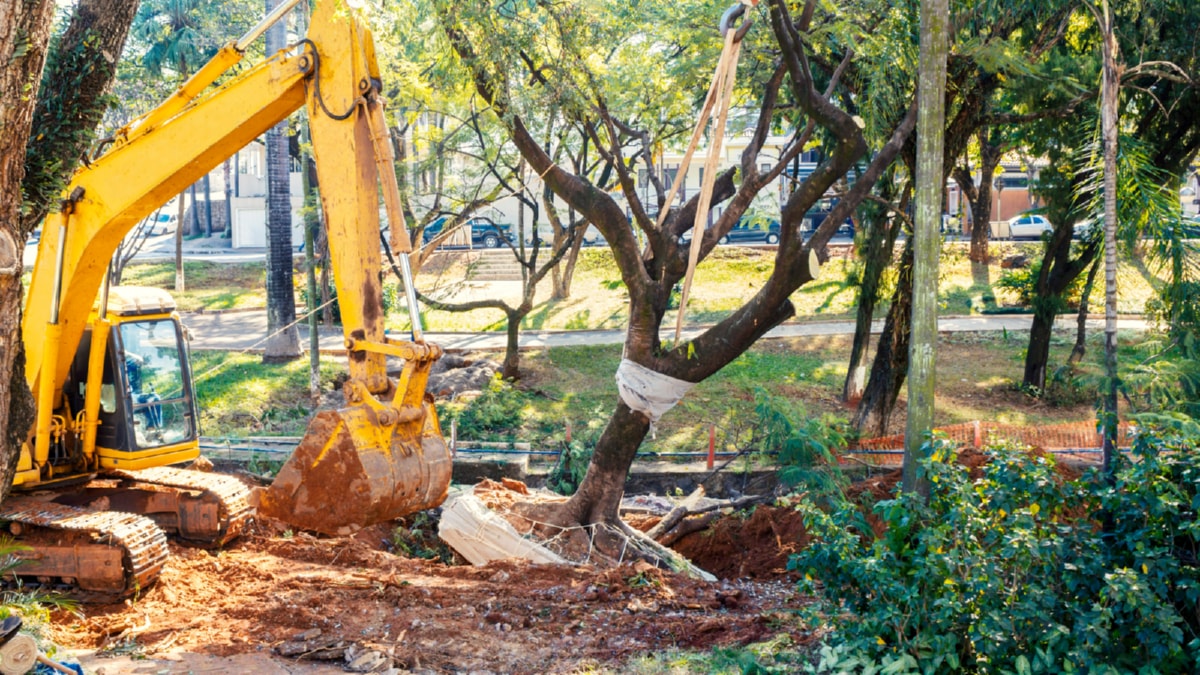As we look toward the future, the field of building design is shifting towards sustainability. This article explores the future of building design, focusing on sustainable architecture, and the essential role of construction management.
Sustainable architecture is a design philosophy that aims to reduce the negative environmental impact of buildings. This approach considers every aspect of construction, from material selection to the building’s location and orientation. With the increasing awareness of climate change, more and more architects and builders are choosing to incorporate sustainable elements into their designs.
This trend is not just about saving the environment. Green construction can also lower energy costs and create healthier living spaces. Buildings designed with sustainability in mind often use natural light and ventilation to maximize comfort and reduce reliance on artificial lighting and air conditioning. Additionally, they use building materials that are harvested in a sustainable manner, reducing the strain on natural resources.
However, achieving a successful green building design is not without challenges. Errors in construction can lead to increased costs, delays, and a building that is not as sustainable as it could be. Among the most common mistakes in home construction include poor site selection, not considering the local climate in the design phase, and choosing the wrong materials.
To illustrate, a building constructed in a location that is prone to flooding or extreme weather can result in substantial damage and repair costs. Similarly, if the local climate is not taken into account during the design phase, the building may not be as energy-efficient as it could be. The choice of materials is also crucial, as some materials may require a lot of energy to produce and transport, negating the benefits of a green design.
This is where the important role of building project management comes into play. A construction manager manages every stage of the construction process, making sure that the project stays on track and within budget. They are responsible for coordinating with architects, contractors, and other stakeholders, and they play a key role in preventing and addressing any issues that arise during construction.
In the context of green construction, a construction manager’s role is even more vital. They must ensure that the sustainable elements of the design are implemented correctly and that the project meets green building standards. In this way, they contribute to the success of the project and the realization of a more sustainable future in building design.
In conclusion, as we move towards a more environmentally-conscious future, green construction is set to play an increasingly important role in building design. Avoiding common mistakes in construction and the crucial role of building project management are key to achieving successful and sustainable building projects.
For more details, check best construction service or visit their business listing here.



